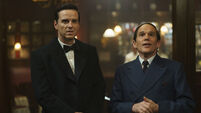Bowie and me: Tales from two of the women in the music legend's life
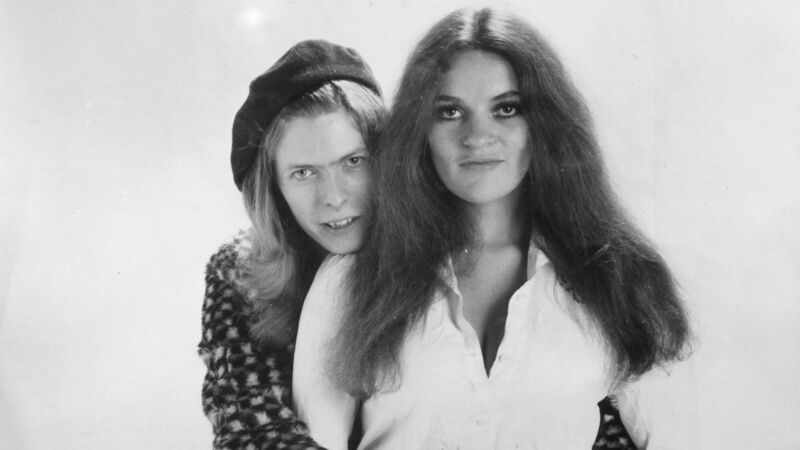
David Bowie and Dana Gillespie in 1971. (Picture: M Stroud/Daily Express/Getty Images)
It isn’t groundbreaking news to mention there were many women in David Bowie’s colourful life. At times, the professional and the personal became intertwined for the late singer, and two women who shared stages, studios and beds with Bowie in the early 1970s were Dana Gillespie and Ava Cherry. Both have penned memoirs that detail those heady days, and both will be guests at the upcoming Dublin Bowie Festival.
Gillespie first met Bowie in November 1964 at London’s Marquee when he was still Davie Jones. The teenagers quickly became firm friends and occasional lovers, sharing a manager, musicians and even a song, with Bowie writing Andy Warhol for Gillespie in 1971.
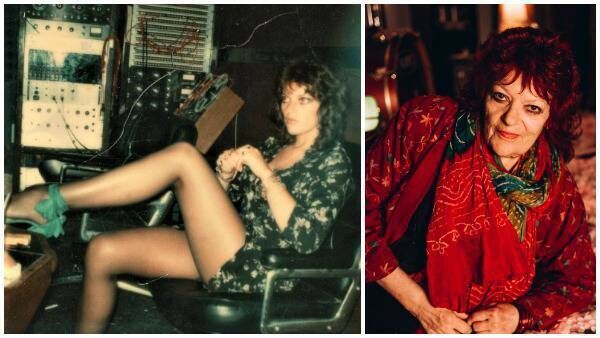
After a few false starts, Bowie would eventually hit major success in the guise of Ziggy Stardust, including a tour that would see him perform at New York’s Radio City Music Hall on Valentine’s Day in 1973. During the second of two nights, he met Ava Cherry, a 17-year-old singer from Chicago with striking, short peroxide hair. She soon became his backing vocalist and lover.
Her first gig was Ziggy’s final appearance, The 1980 Floor Show, filmed for American television at London’s Marquee in October the same year. Cherry and Gillespie have incredible stories with many included in recent biographies, Gillespie released Weren’t Born A Man last year while Cherry’s All That Glitters was launched in January. Both women are discussing their Bowie experiences at the National Concert Hall for In Conversation events in April.
In comparison to Bowie’s humdrum family life in suburban Bromley, Gillespie occupied the basement of her parents’ five-floor house in South Kensington. As the daughter of a moneyed, liberal family she had already been a British junior water-ski champion by the time she met Bowie.
“David was already very ambitious,” says Gillespie. “I remember being at his parents house when he said: ‘Whatever it takes; I want to get out of here’. He was an extrovert even then with his outfits and hair, he liked to dress up and turn heads in the street. His parents were so emotionally cold, David’s house was depressing.”
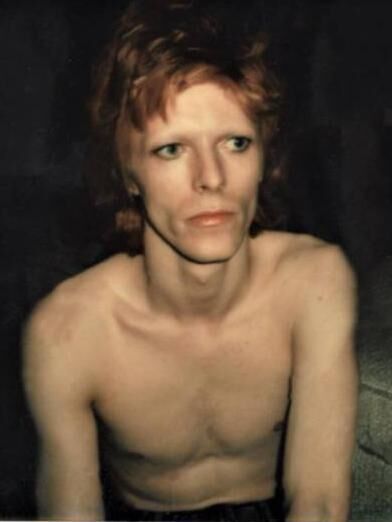
Gillespie recalls accompanying Bowie on a visit to a psychiatric hospital to visit his half-brother Terry, who suffered with severe mental-health issues. “That affected him quite a bit. Like me, music was his way out but, unlike David, I had fantastic parents.” Bowie’s relationship with Gillespie continued when he met his first wife Angie and the two women remain friends to this day. He would also introduce her to his new manager Tony Defries at the start of the 1970s. “There was no expense spared. Soon we had assistants, limousines, store cards and we would be staying in the top hotels. Tony’s thing was if you live first class then first class will come to you.
"Of course you have to have talent as well but it still cost a fortune. Tony facilitated David in becoming a star. It was the most extravagant and fantastic time. I knew it couldn’t last but I had a ball while it did.”
Defries and his business operation MainMan set up Bowie and Gillespie in New York. He would soon become a face on the scene but as Cherry explains, he wasn’t yet an international megastar. “I knew who he was,” she recalls. “There was a party-all the greats were there Stevie [Wonder], Aretha [Franklin] and Gladys [Knight]. David walked in with his bright red hair and a stunning suit, he said to me: ‘My name is David; I love your hair-it’s very rebellious’. I said: ‘Yeah; a lot like you’.”
When plans to invite Cherry into the fold as a backing singer for a Japanese tour didn’t work out, she decided to track him down on her own steam. “I followed him to Europe where he put me up in a hotel. l then lived at his house on Oakley Street [London] for about two months. Angie [Bowie’s wife] freaked but it was her idea, she said to just stay at the house.” Raised in a working-class neighbourhood on Chicago’s South Side, Cherry refused to be just another dalliance. She provided Bowie with an authentic link into American black experience, language, fashion and culture.
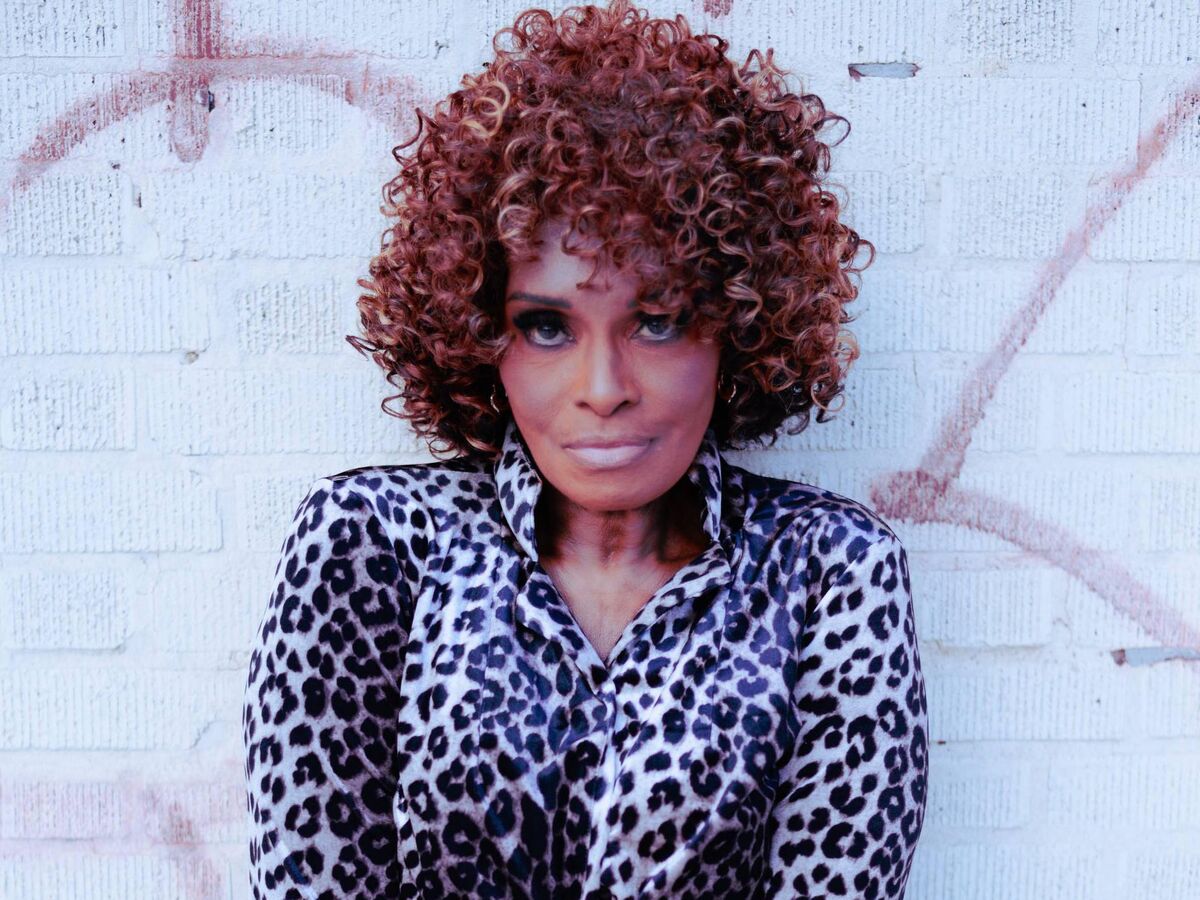
“In London we talked about the idea of a soul band, this was way before he became involved with Carlos [Alomar]. He discussed wanting to record a soul record similar to the artists he loved like Aretha.
“I showed him a picture of my dad who was a trumpet player in the 1940s, his group played with Count Basie. David said: ‘That suit, do you still have it?’ I borrowed one from my father and David had Freddie Burretti [designer behind much of Ziggy Stardust’s sartorial elegance] knock up the suit for him. He was then The Gouster, which was a Chicago term for the black men who would slow dance with the ladies. They would wear zoot suits with the baggy pants and little jackets.”
Bowie adopted the look as he transitioned from Halloween Jack to The Gouster, which also functioned as a working title for the Young Americans album. During the period Cherry continued in her role as backing singer while Bowie toured Diamond Dogs in the US and recorded at Philadelphia’s Sigma Sound Studios.
“David surrounded himself with the best there was,” says Cherry. “Luther Vandross [backing vocals] added a lot of flavour to the sound. David Sanborn [sax] was also one of the superstars of that time; he played like a bat out of hell. He wasn’t real social but when he hit that stage it all exploded.”
Gillespie agrees Bowie’s 1974 Diamond Dogs show must have been one of the greatest ever.
“It was a huge production, like putting on one of the biggest stage musicals ever with the sets, there was a bridge, David would come out of a capsule and sing Space Oddity. There were dancers, a choreographer and he had a top lighting man on Broadway as well as a rehearsal space in these big film studios. The audiences were star-studded and word got around quick. He was open about the amount of cocaine he was taking at the time but having seen the show on several occasions I never saw him play a bad one.”
Gillespie was in attendance at the L.A Universal Amphitheatre in September 1974, the show was filmed and clips were used in the documentary Cracked Actor for the BBC Omnibus series presented by Alan Yentob. Although there remains conjecture about how much film exists there is currently no complete film of the tour.
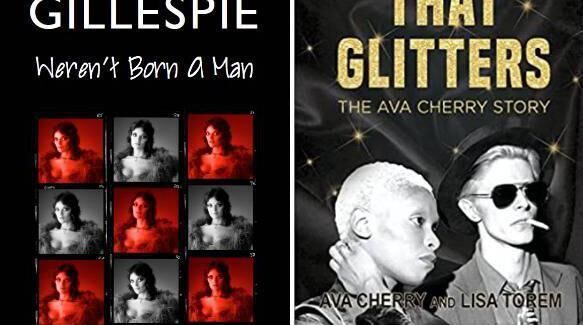
Bowie would break free from his past, gradually cutting ties with Defries after a fall-out. “The contract was a 50/50 thing for both of us, but he had spent fortunes on our careers. People forget how important he was in the beginning, he would pay for everything. The people who bad mouth him are ignorant.” Bowie would also exit from the lives of Gillespie and Cherry during 1975. By the time he moved to Berlin in 1977, Bowie suggested he had stripped his life down to a few pairs of jeans, some checked shirts and a bicycle.
Thankfully he continued to make records and invent what he described as “a new language” on Low. “I wasn’t with David in the period before he left for Berlin but I know things were dire,” explains Cherry. “He had some serious financial problems and was heavily into the drugs phase.”
It may have been the end of an era for Bowie and the women in his life, but as we now know, the ultimate master of reinvention had already moved on to another brilliantly creative phase in his career.
- The Dublin Bowie Festival takes place in various venues April 13-24. Ava Cherry will speak at Opium on Friday, April 22; and the National Concert Hall on April 23. Dana Gillespie will speak at the National Concert Hall on Sunday, April 24



